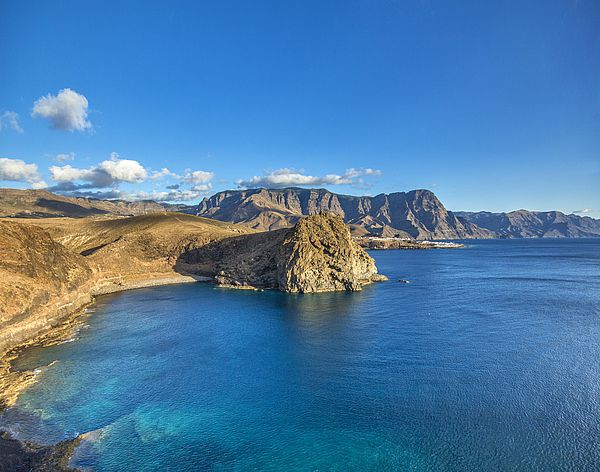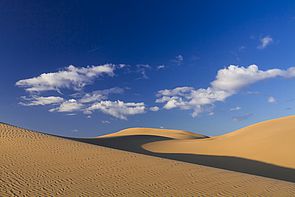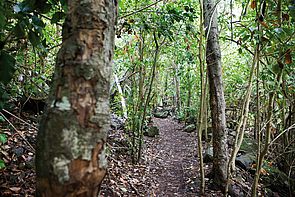Despite its limited land area, Gran Canaria possesses a natural heritage of great value. The uniqueness of its ecosystems, of its flora and fauna and its geology, have led to both Spanish and international administrations to safeguard its conservation.
*To visit the Roque Nublo, you need to make a reservation in advance through the official website. For more information, visit this website directly.

The nature areas of this island that are protected by law are classed into seven different protection and preservation groups:
Nature Park: This involves conservation of the park's resources. Contact between man and nature is promoted –basically through the use of the park for recreational purposes– although people are not permitted to live there.
Rural Park: Apart from conservation of the park's resources, this aims to promote socio-economic development of the local population in a sustainable way. Recreational use is also allowed.
Fully Protected Nature Reserve: Conservation here consists in maintaining the integrity of certain ecosystems and communities, thus people are not allowed to live here or use the park for recreational purposes.
Special Nature Reserve: This includes the protection of certain species, habitats, geological formations or geological processes and people are not allowed live here or use the park for recreational purposes, except in exceptional cases.
Natural Monument: Where geological structures that shape unique geomorphological elements of scenic value are found. People are allowed to live here and use the area for recreational purposes.
Protected Landscape: The objective here is to protect aesthetic and cultural values of areas of great scenic beauty. People are allowed to live here and the area may be used for recreational purposes.
Area of Scientific Interest: Here elements of specific scientific interest are preserved.

